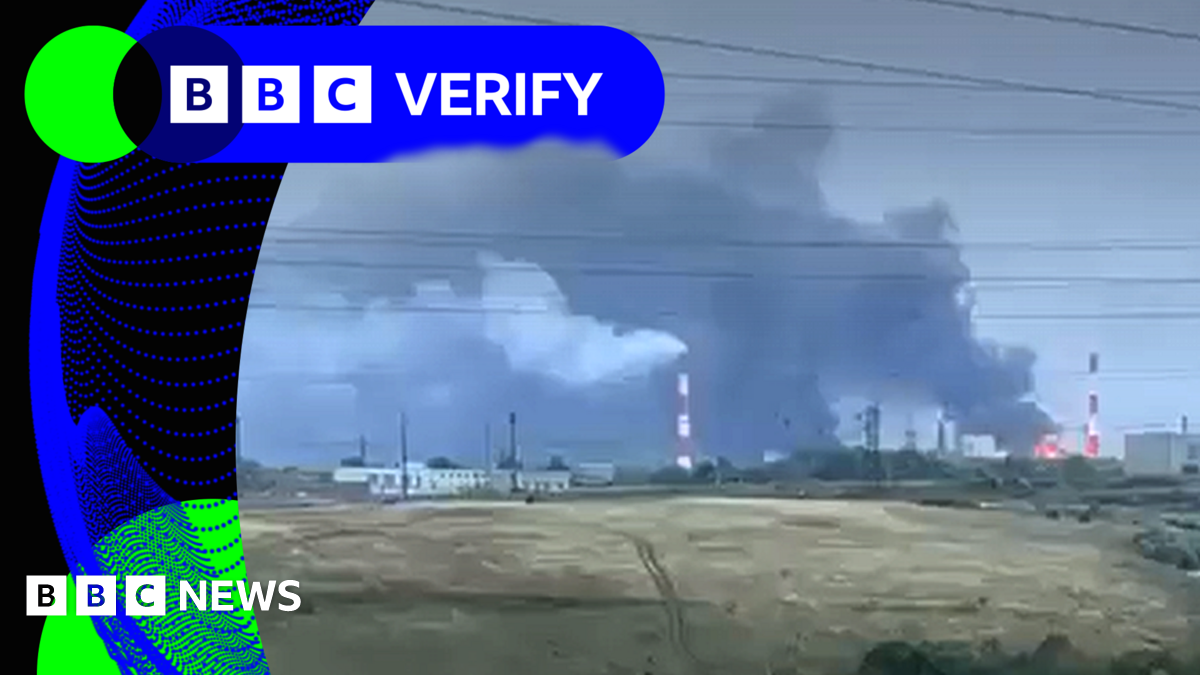11:55 BST
Simran Sohal
BBC Verify researcher
 Image source, Getty Images
Image source, Getty ImagesWith parts of the UK experiencing their fourth heatwave of the summer and millions subject to hosepipe bans, the National Drought Group has called the current water shortfall a “nationally significant incident.”, external
The group, which includes the Environmental Agency, Met Office and water firms, has suggested deleting old emails and photos as one way to save water at home.
The group says data centres “require vast amounts of water to cool their systems.”, external
This has attracted quite a bit of attention online, so let’s dig into the data.
According to a Thames Water estimate, external, a large data centre might use anywhere from four to 19 million litres of water per day to cool their servers – the same as supplying the daily demand of more than 50,000 households.
However, water for cooling servers accounts for just 25% of the total amount of water consumed by data centres in the UK, the Environment Agency say.
The rest is used to generate the electricity these centres need to store data in the first place.
Overall, the agency told BBC Verify that deleting 1,000 emails with attachments would save approximately 77.5 litres of water per year.
These are all estimates, however, and are subject to lots of variation, including the size of emails and pictures
The UK Centre for Ecology and Hydrology has told BBC Verify that emails and photos are small files and “would not significantly reduce water consumption”.
It says that the focus should be on how building more data centres may contribute to water scarcity. That’s a concern not just in the UK, but across the globe.
According to the International Energy Agency, external, data centres, cryptocurrencies, and artificial intelligence consumed almost 2% of global electricity demand in 2022, roughly equivalent to the consumption of Japan.
By 2026 that demand could double, the agency say, putting more pressure on global water supplies than ever before.
